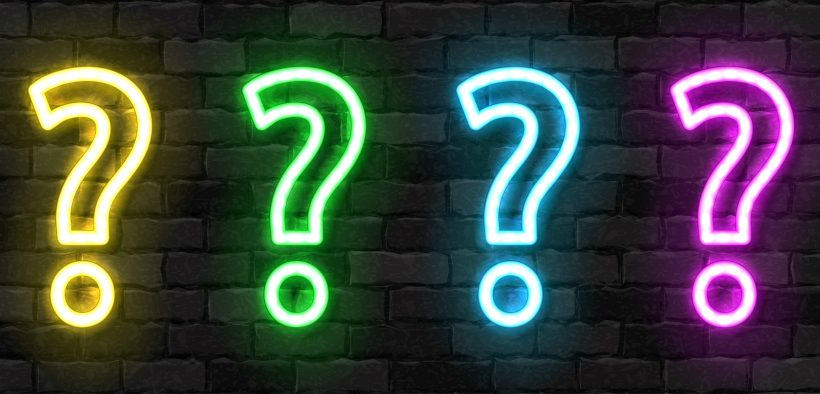In a former job as a program director for two online master’s degrees, I was required to write a weekly blog post for students on a topic related to the program or school. These postings were designed to create a sense of attachment to the institution, which is often lacking among online students. I believe it more than paid dividends for the institution in that the online students became our ambassadors, pitching the school to friends and family, as well as on listservs, as a great place to get a degree. I also believe that the connection improved student motivation, performance, and persistence.
Informal Learning with Puzzlers

Related Articles
I have two loves: teaching and learning. Although I love them for different reasons, I’ve been passionate about...
Active learning is a mostly meaningless educational buzzword. It’s a feel-good, intuitively popular term that indicates concern for...
Perhaps the earliest introduction a student has with a course is the syllabus as it’s generally the first...
Generative AI allows instructors to create interactive, self-directed review activities for their courses. The beauty of these activities...
I’ve often felt that a teacher’s life is suspended, Janus-like, between past experiences and future hopes; it’s only...
I teach first-year writing at a small liberal arts college, and on the first day of class, I...
Proponents of rubrics champion them as a means of ensuring consistency in grading, not only between students within...








